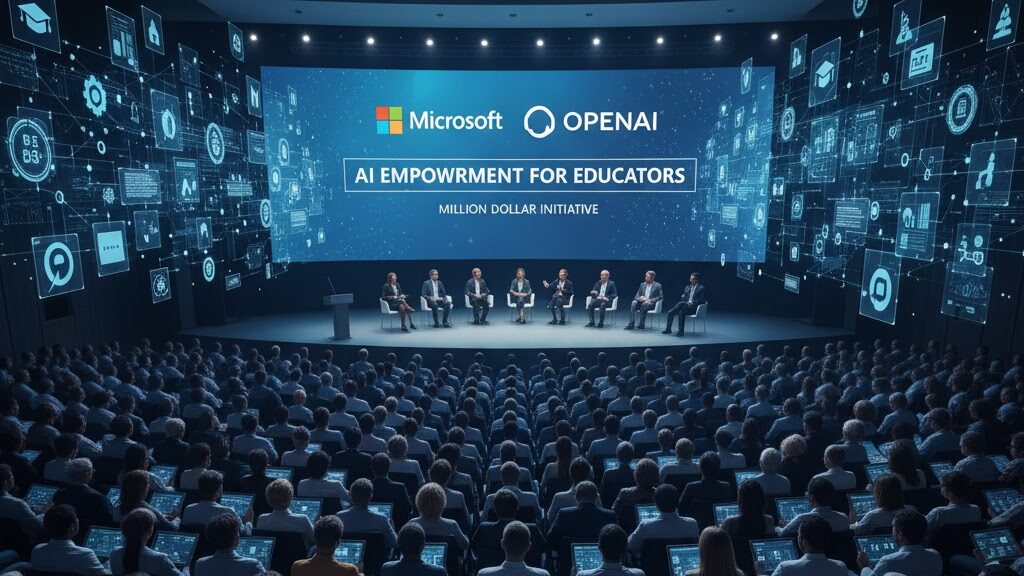
Source
The Post (New Zealand)
Summary
Hanna McCallum reports on how artificial intelligence is reshaping study habits, teaching methods, and classroom culture in New Zealand schools. Students at Wellington East Girls’ College describe AI as a “second teacher” that provides on-demand academic support, while educators work to build digital literacy and responsible-use frameworks. Some students view AI as empowering—enhancing access to personalised study tools and creative learning—while others fear it undermines independent thinking and deep learning. Teachers and experts note growing divides between schools that embrace AI and those that resist it, with potential long-term effects on cognitive development. As one lecturer observes, AI can either accelerate learning or encourage intellectual shortcuts depending on how students use it.
Key Points
- Students describe AI as a “second teacher” offering instant academic assistance.
- Wellington East Girls’ College is developing an AI strategy focusing on staff training and digital literacy.
- Some students report overreliance on AI, while others feel left behind without it.
- Educators warn that unmanaged AI use may reduce critical thinking and motivation.
- University experts note widening gaps between AI-literate students and those from AI-restricted schools.
Keywords
URL
https://www.thepost.co.nz/nz-news/360856298/textbook-second-teacher-how-ai-has-changed-study
Summary generated by ChatGPT 5



